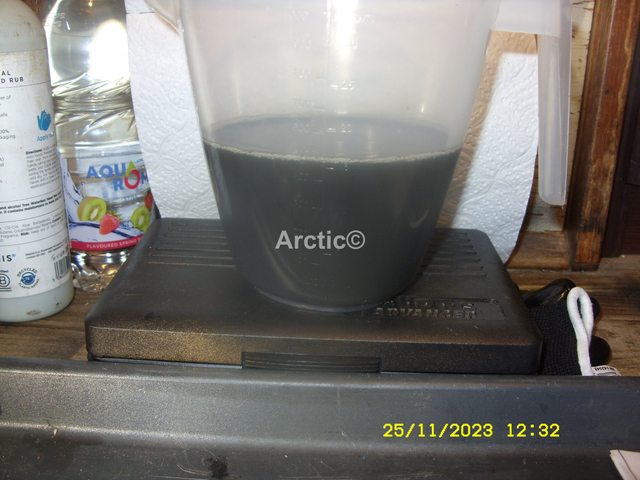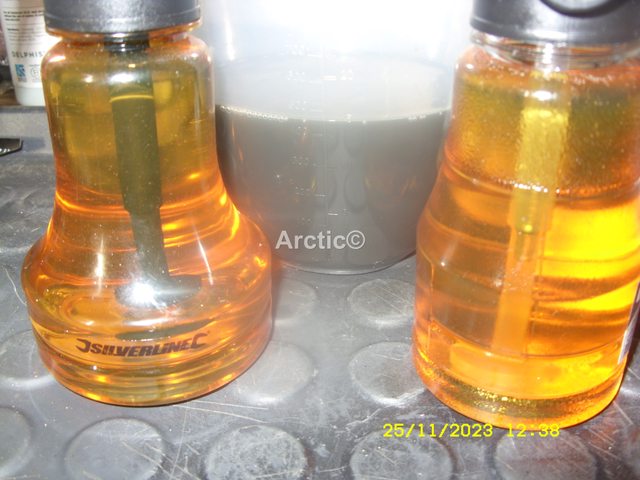CaptainB
Active Member
- Posts
- 129
- Location
- Gloucestershire
Finally, my new engine arrived yesterday and it looks ok. I got the engine and the car into the workshop and began to look it over. My first impressions are that it appears to be well maintained, the accessory belt looks brand new so I'm wondering if the timing belt has been changed recently too.
The engine was from a manual and it still had the clutch attached so I removed it and was surprised to find that it looked very new (the friction plate measures 9mm thick), should an 88k miles car have had a new clutch? I suppose it depends on the driving style of the owner or whether it's done a lot of towing etc??
Next I took off the flywheel only to find it was being held on by 7 bolts, one had been sheared off when the new clutch (and flywheel??) was fitted I assume. Given how tight the other seven bolts were I don't hold out much hope the removing the sheared one without a hell of a fight. Should I try and remove the sheared bolt, rely on 7 bolts to hold the flexplate or swap out the crankshaft for my old one? I don't have much love for option 3 BTW.
The crankshaft seal looks like it has a slight leak so I'm going to replace that and I'm going to take a look at the timing belt and probably replace the crankshaft seal at that end too.
The engine was from a manual and it still had the clutch attached so I removed it and was surprised to find that it looked very new (the friction plate measures 9mm thick), should an 88k miles car have had a new clutch? I suppose it depends on the driving style of the owner or whether it's done a lot of towing etc??
Next I took off the flywheel only to find it was being held on by 7 bolts, one had been sheared off when the new clutch (and flywheel??) was fitted I assume. Given how tight the other seven bolts were I don't hold out much hope the removing the sheared one without a hell of a fight. Should I try and remove the sheared bolt, rely on 7 bolts to hold the flexplate or swap out the crankshaft for my old one? I don't have much love for option 3 BTW.
The crankshaft seal looks like it has a slight leak so I'm going to replace that and I'm going to take a look at the timing belt and probably replace the crankshaft seal at that end too.


